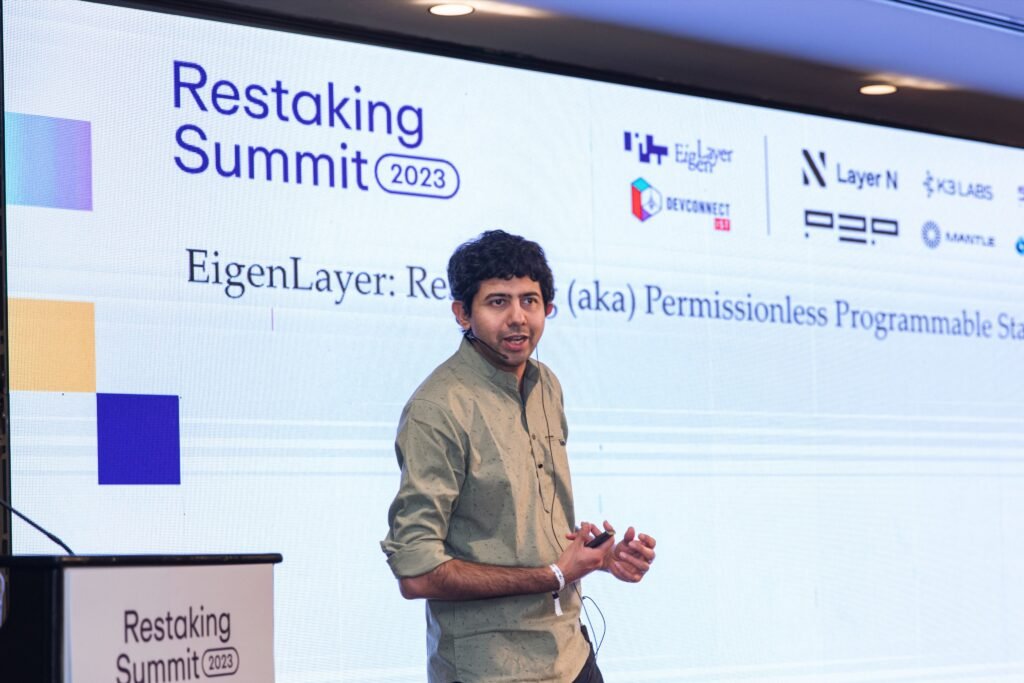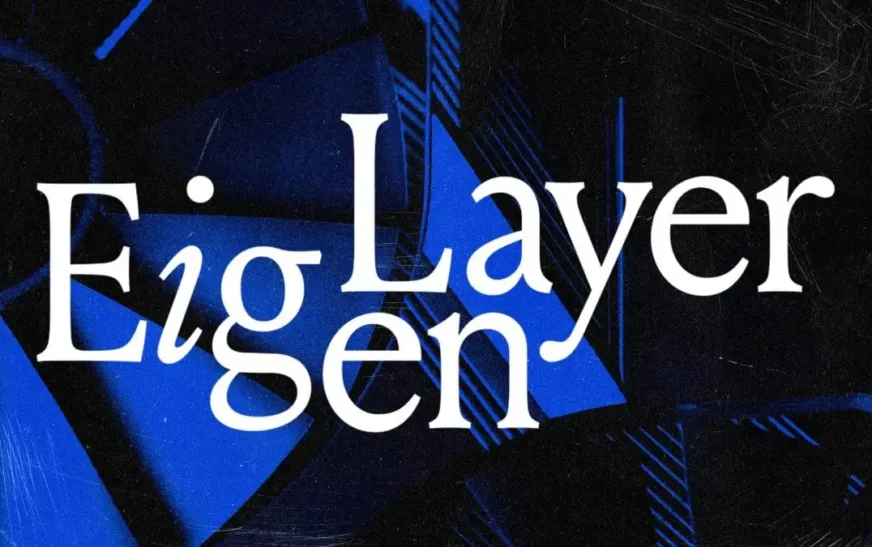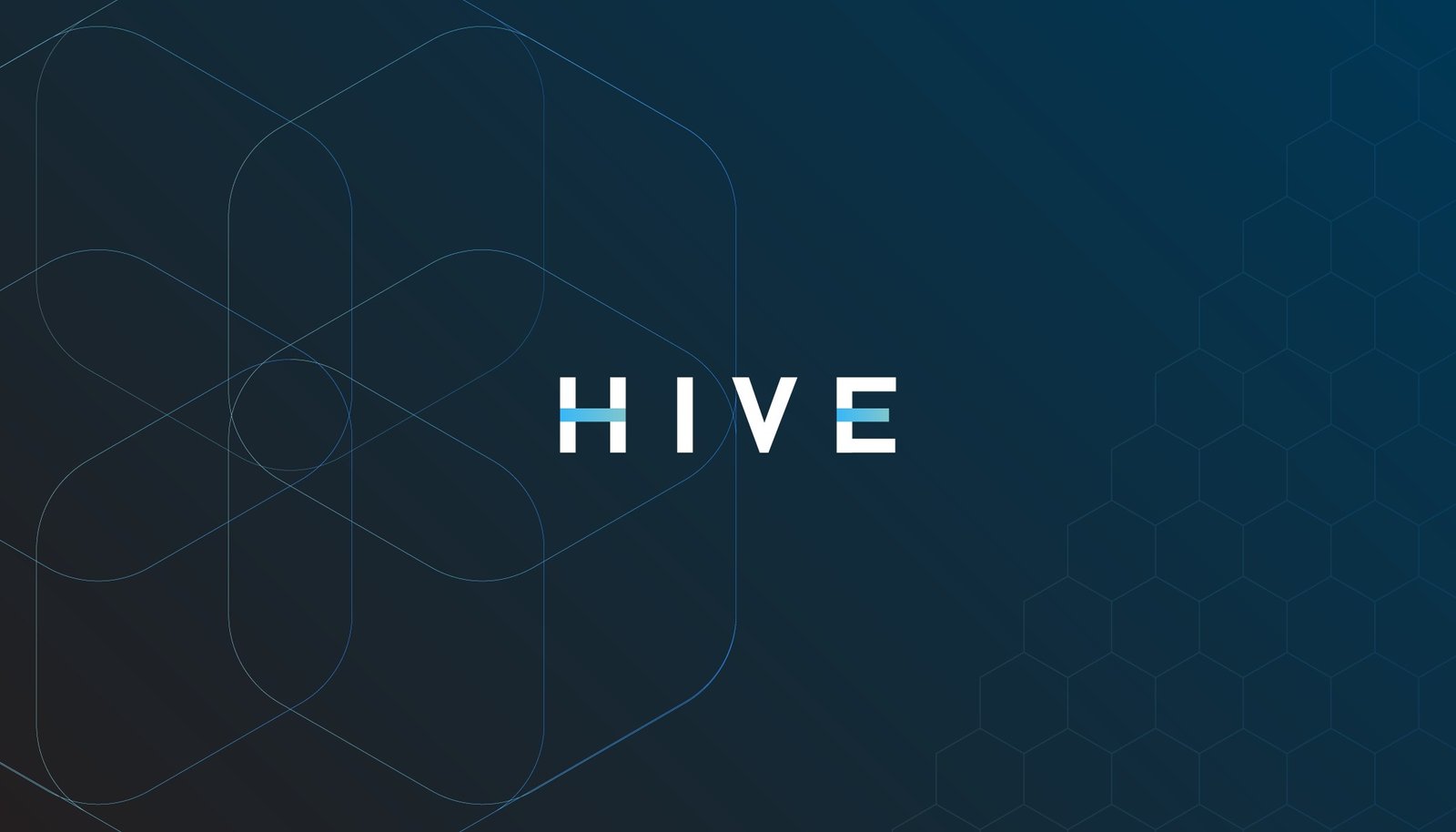Ethereum’s restaking protocol, EigenLayer, has rolled out its long-awaited slashing mechanism, addressing security concerns and fulfilling its initial promise. The update marks a pivotal moment for the network, which has attracted over $7 billion in restaked assets since its launch.
What Is EigenLayer?
EigenLayer revolutionised Ethereum’s proof-of-stake by introducing the concept of restaking, enabling users to stake ETH and other tokens for additional rewards. Operators pool these assets and delegate them across services in EigenLayer’s ecosystem, with rewards tied to their stake size.
While EigenLayer has rapidly become a major player in decentralised finance (DeFi), its lack of a slashing mechanism—a key accountability feature—drew criticism from the community. Slashing ensures operators act responsibly by penalising malicious behaviour, thus bolstering the security of the network.
How Slashing Works in EigenLayer
The newly introduced slashing system holds operators accountable by revoking portions of their staked assets if they act maliciously. AVS (Actively Validated Services) teams in EigenLayer can opt into slashing, define conditions, and penalise bad actors.
Slashing mitigates risks in EigenLayer’s pooling model, where assets from multiple AVSs are combined. By redesigning the system, EigenLayer now ensures that slashing is confined to specific AVSs, preventing ripple effects from one bad actor affecting the entire ecosystem.
Addressing Safety Concerns
Initial designs of EigenLayer’s slashing system faced criticism for potentially introducing unsafe leverage. A single failure in one AVS could have jeopardised the broader network. The redesigned system, however, limits operators’ exposure to specific AVSs, ensuring unique attributability of stake and eliminating leverage risks.

According to EigenLayer founder Sreeram Kannan, “The redesign completely cured the problem,” enhancing confidence in the system’s security model.
A New Standard in Proof-of-Stake Security
While slashing is a core mechanism in Ethereum and Cosmos, many proof-of-stake systems, including Solana, operate without it. EigenLayer’s implementation raises the bar for accountability in DeFi, allowing protocols to tap into a vast security pool without compromising safety.
By enabling operators to manage their exposure and ensuring large pools of slashable assets protect the network, EigenLayer reinforces the cost of malicious attacks.
What’s Next for EigenLayer?
With slashing now live, EigenLayer has delivered on its year-old promise to combine high rewards with robust security. As the feature rolls out across its 39 AVSs, its success will depend on adoption by developers and operators.
This milestone positions EigenLayer as a leader in DeFi innovation, setting a new standard for secure restaking. Whether it transforms the landscape or simply solidifies its dominance will depend on the robustness of its execution in the coming months.





















































